THIS:

NOT THIS:

Silk Road, the anonymous, dark web, Tor protected, drug marketplace lived for over 2 years online. Eventually the founder, Ross Ulbricht, was caught and arrested. Silk Road 2.0 emerged. After the FBI shut the 2.0 site down, there was a 3.0.
Now there are around 50 separately affiliated marketplaces that sell drugs online, including Agora, Amazon Dark, and Silk Road 3.0.
Over $1.2 billion dollars (9.5 million bitcoins) was transacted on Silk Road 1.0 in a little less than two years.*
On average, they took a 10% fee on every transaction, so the business made over $120 million in that same time, plus the increase in value of Bitcoin. Those are numbers that most marketplace businesses (or any business in general) wish they had.
Silk Road no doubt had a secret sauce, and it?s a strategy any startup can use.
BEFORE:
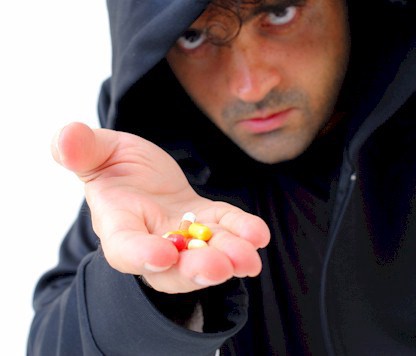
AFTER:
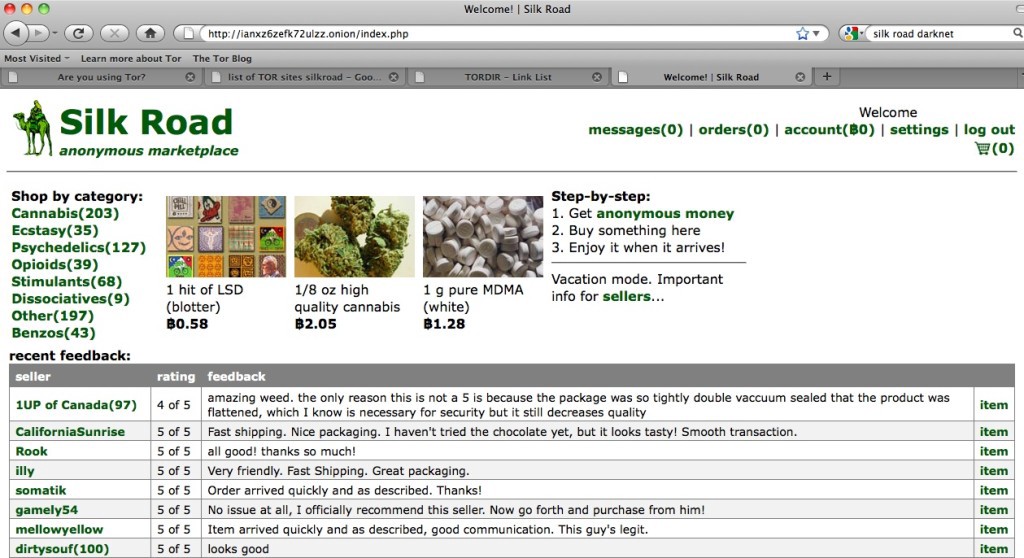
Silk Road works for the same reason Airbnb (accommodations), Uber (ride sharing), or Getaround (car sharing) work? trust and efficiency.
Marketplaces make previously outdated industries relevant again by turning important human psychological factors and ways to conduct business into a platform. Think about the tenets of reciprocity (ratings and reviews), consistency (standard, repeatable process), and scarcity (improved supply and demand dynamics). These were solved with the marketplace.
Thus, Silk Road brought the drug trade into the 21st century.
No longer did a Silk Road user have to deal with shady drug dealers, fake drugs, or drugs that included other chemicals or substances that they didn?t know were there. Silk Road eliminated the need to deal with shady distributors, the fear of buying fake drugs, and ensured that there were not other unknown chemicals or substances acting as a filler in the drugs.
If a dealer on Silk Road sold bad or fake drugs, they were removed from the platform. The highest quality products and users were brought to the top. Scams from any user were dealt with swiftly.
Everyone respected the community in a traditionally gang or cartel related industry. Before you might have been supporting a cartel in Mexico with your drug purchase. Now you were buying direct from another user.** Just like Lyft made the taxi industry safe, fun and friendly again, so did Silk Road for the drug industry.
Never before has an industry needed more transparency and community. The fact that a large segment of drug use is unregulated means people are taken advantage of, or don?t know how to be safe. Combine Silk Road with its forums and Erowid, a drug education resource, and you?ve turned an industry on its head.
Silk Road Grew Faster Than Etsy and Ebay
When Silk Road 2.0 launched eight months after 1.0 was shut down by the FBI, over 13,600 listings of drugs were live on the site.
Silk Road 1.0 reached $1.2B in revenue in less than 2 years before it was eventually shut down.
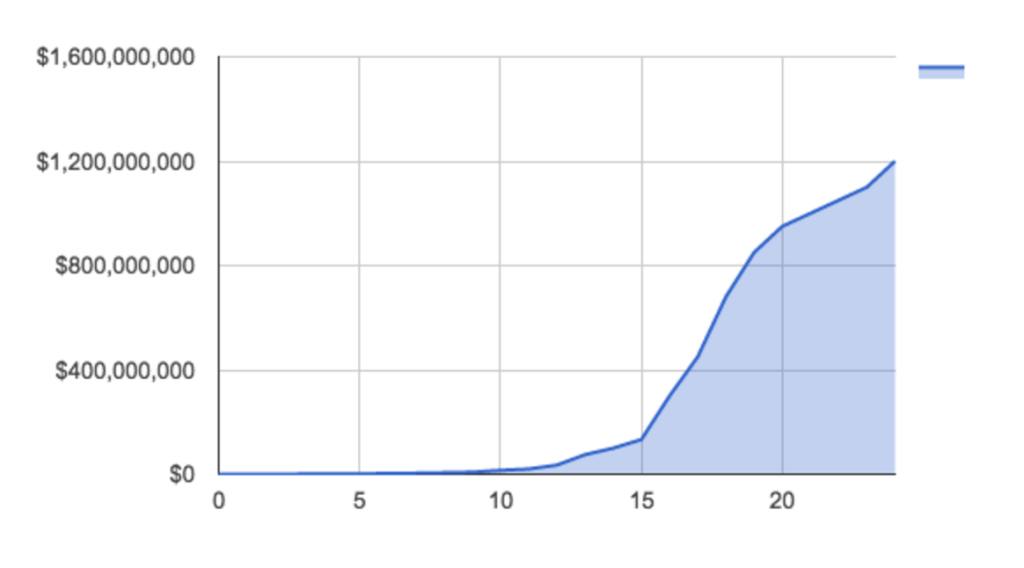
Note: Scenario assumes strong growth initially, strongest growth after one year, and a slow down close to shutdown.
Even a site that was buried on the deep web found ways to grow an incredible rates. Some may argue as fast, or faster, as some of the most well known marketplace companies, including eBay, Airbnb, and Uber.
Silk Road did this in a few ways:
1/ Forums. They went to where their customers were: forums, sites, and other online communities that we discussing drug use and dark web sites. Forums also bring about trust, social proof, and familiarity to a previously hard to access/understand industry.
2/ PR. Less than 5 months after the conception of Silk Road, Gawker broke the story, thus funneling thousands of potential customers into the dark web site. This added additional social proof as well as heightened trust as a reputable source covered the site and provided details on how to securely access it.
3/ Word of Mouth. There is no other solution that?s better than Silk Road out there. It was a high risk, high reward venture. This drove virality into the marketplace. Demand was extremely strong in this marketplace, but so was supply, and the lack of other solutions (scarcity) led to users working really well together, very fair pricing, and reciprocal relationships.
4/ Community. Silk Road and the drug community have strong bonds. It?s underground, so people want to take care of each other as there?s no regulation. Take the rave and EDM scene and the use of Ecstasy or Molly. Often at these shows or festivals the ?community members? take care of each other, educate, and festivals have now even begun to do their own free testing of drugs to check quality. Airbnb and Lyft are also examples of how strong marketplace communities can build a strong business and brand while empowering their customers.
The Modern Silk Roads
In conclusion, Silk Road did powerful things for its industry. It made it safer, friendlier, more efficient and trustworthy.
That said, the major issue is obvious: most drugs are illegal (with the exception of pharmaceuticals, cannabis in less than 50% of the U.S., and new synthetics that haven?t been scheduled).
Without getting into the education versus enforcement debate, the value that Silk Road provided as a startup marketplace for the drug industry was unrivaled across all industries.
In many ways, Silk Road is a startup smoke test (no pun intended) showing how technology is continually increasing the speed of societal changes at a greater scale. It shows there?s a major need for faster change, but antiquated thinking and government policies are holding back cultural movements.
Modern society has never seen levels of openness and acceptance of personal decisions this high (again, this isn?t a pun), and it?s only going to continue on the back of a cannabis industry that isn?t slowing down.
A few notes:
*The exact value of all Silk Road revenues varies due to the high fluctuation of Bitcoin prices.
- *Being an unregulated industry, it is near impossible to trace the exact origins of where every user acquired their drugs.
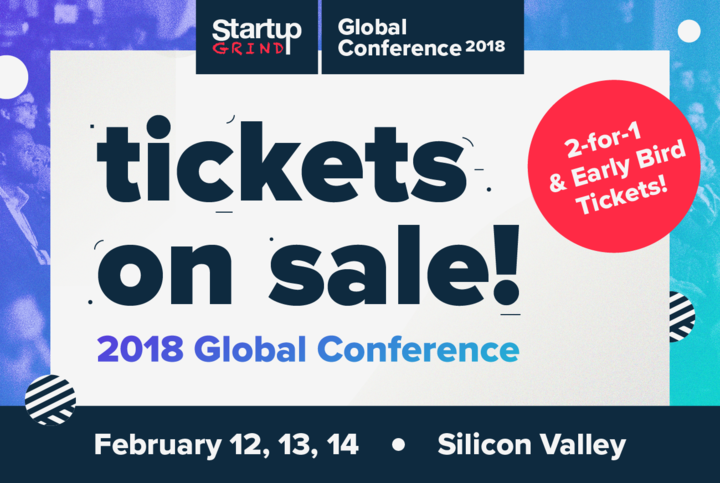

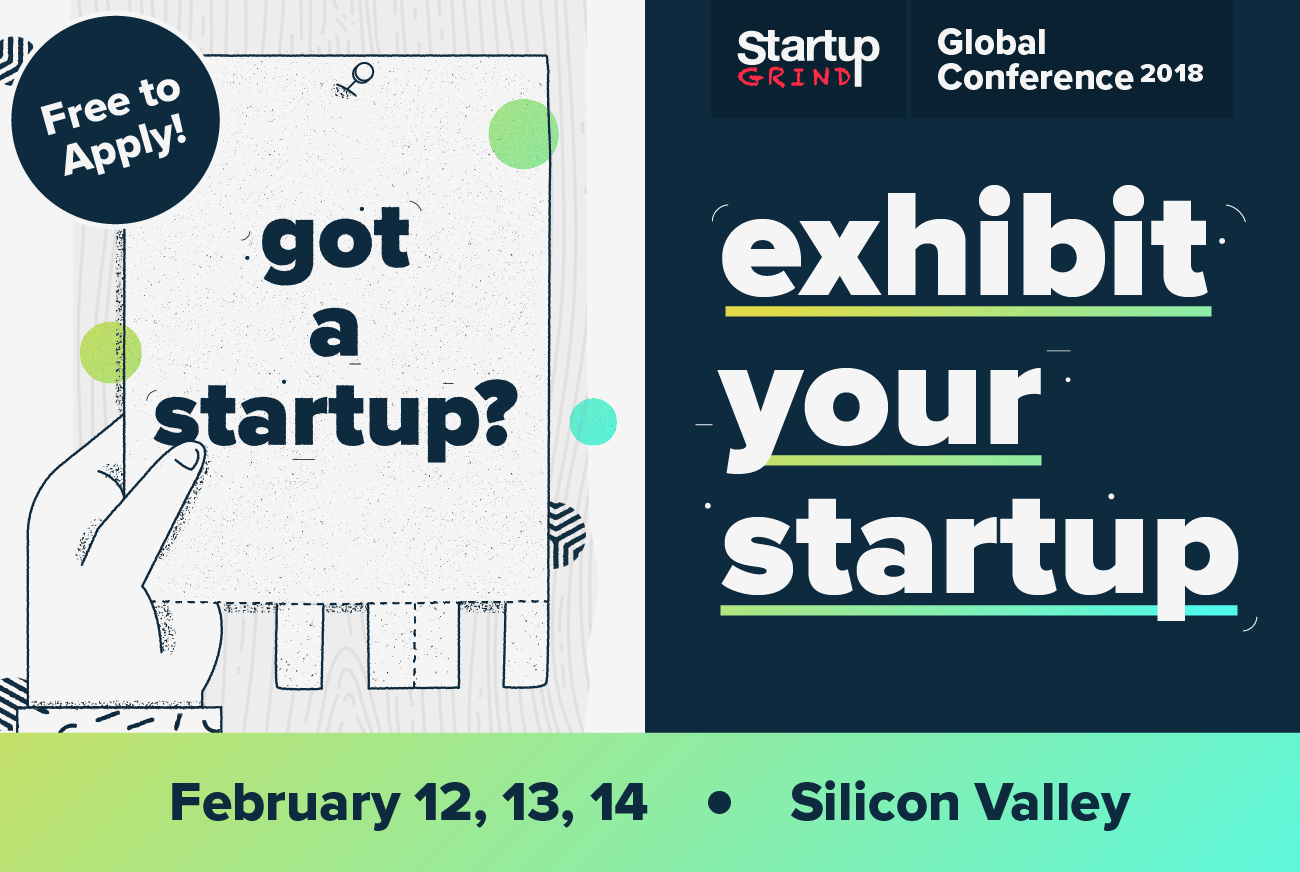
***This article was previously published on the 500 Startups blog


